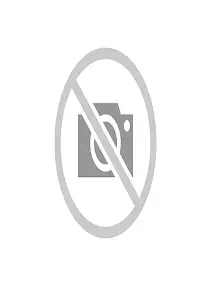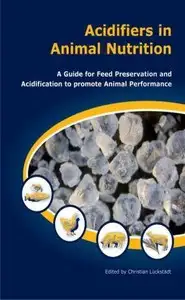
الكاتب: Multiple References
Defects of bones and teeth are found in many classes of animals, and are often of dietary origin. These defects are particularly common in young animals where the rates of bone growth and tooth development are rapid and where, in consequence, the deleterious effects of dietary deficiencies and of imbalance among nutrients are greatest. Exposure to these risks is least among those classes of farm animals that receive most or all of their feed in the form of mixed rations compounded according to what is known of nutritional requirements. Exposure is greatest in animals that depend mainly or exclusively on natural grazing for their nourishment. As far as the live-stock of the United Kingdom is concerned hill sheep are thus the class of farm animals most exposed to the risks of disorders of the bones and teeth. Records exist of several bone and tooth disorders occurring in hill sheep in this country: 'cappi' (Bowes 1932; Bosworth & Stewart, 1932-33; Thomlinson, 1953-54; Fraser & Stamp, 1957; Cresswell, 1958), 'bent leg' (Elliot, OIT, Wood & Crichton, 1926; Dunlop, 1954), 'cripples' (Stewart, 1933; Piercy, 1934a, 6), osteoporosis (Butler, Nisbet & Robertson, 1957) and early loss of incisor teeth (Wallace, 1955; Fraser & Stamp, 1957). Workers in New Zealand have drawn attention to analogous disorders in sheep—rickets (Fitch, 1943; Ewer & Bartrum, 1948), 'bowie' (Fitch, 1954; Cunningham, 1957) and excessive wear of incisor teeth (Barnicoat, 1957)
تحميل كتاب Studies of the skeleton of the sheep III. The relationship between phosphorous intake and resorption and repair of the skeleton in pregnancy and lactation ، تحميل كتب ، تحميل كتب PDF ، تحميل كتب طب بيطرى PDF ، تحميل روايات PDF ، أحسن موقع تحمي




هذا المحتوى مخفي
جميع خدماتنا مجانية .. يرجى دعمنا والمشاركة علي إحدى مواقع التواصل الإجتماعي
أو انتظر 10 ثانية لظهور المحتوى